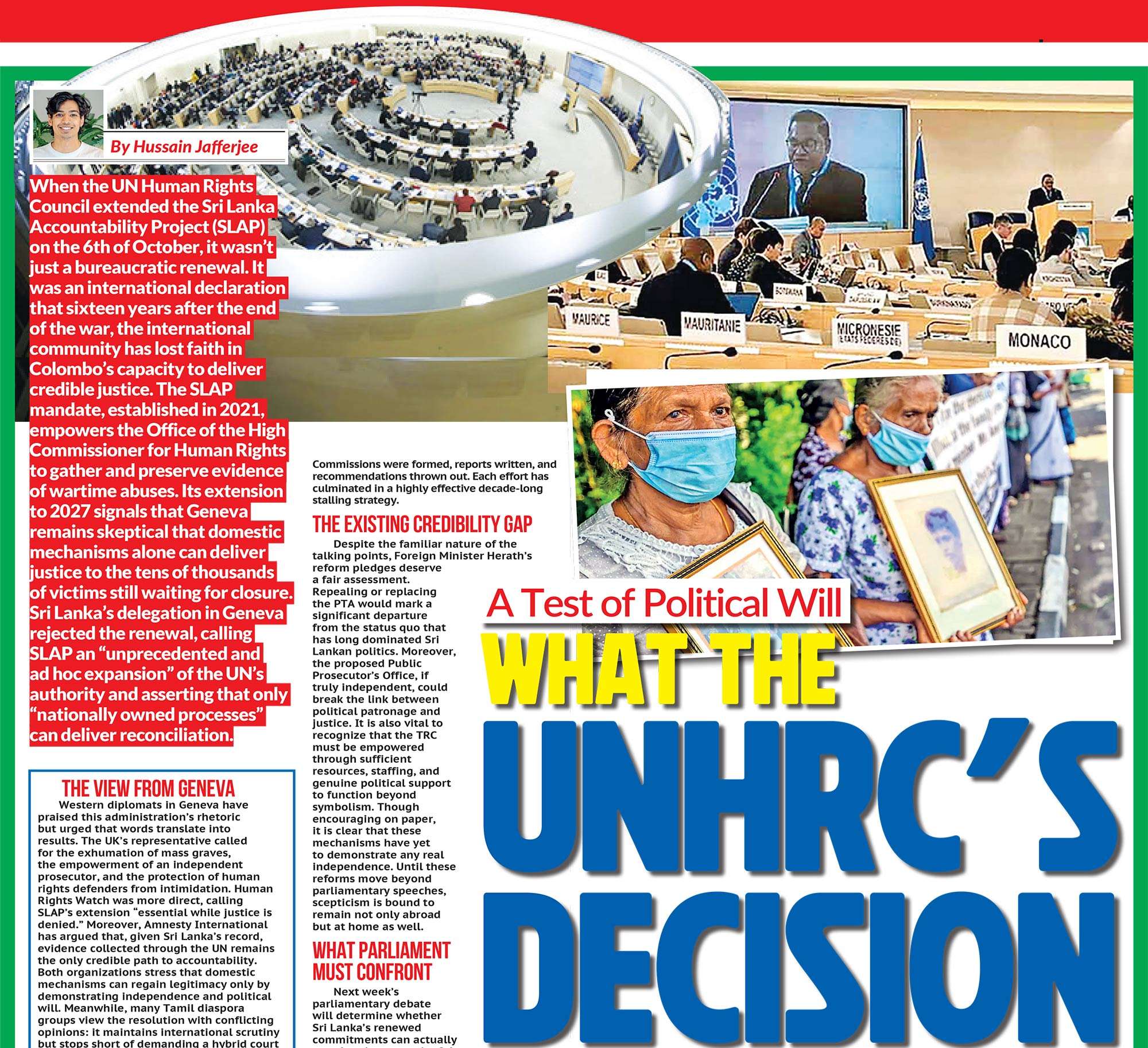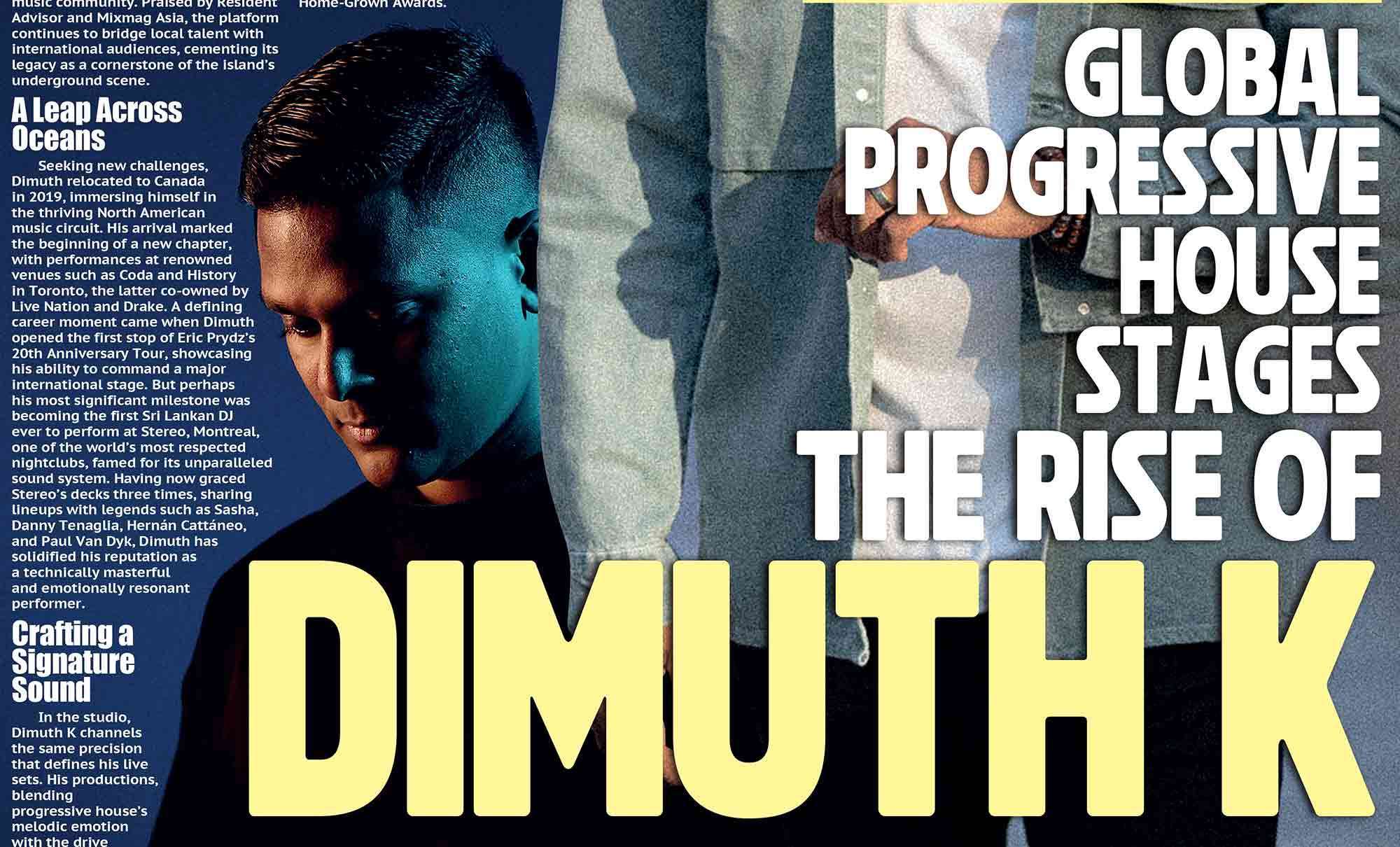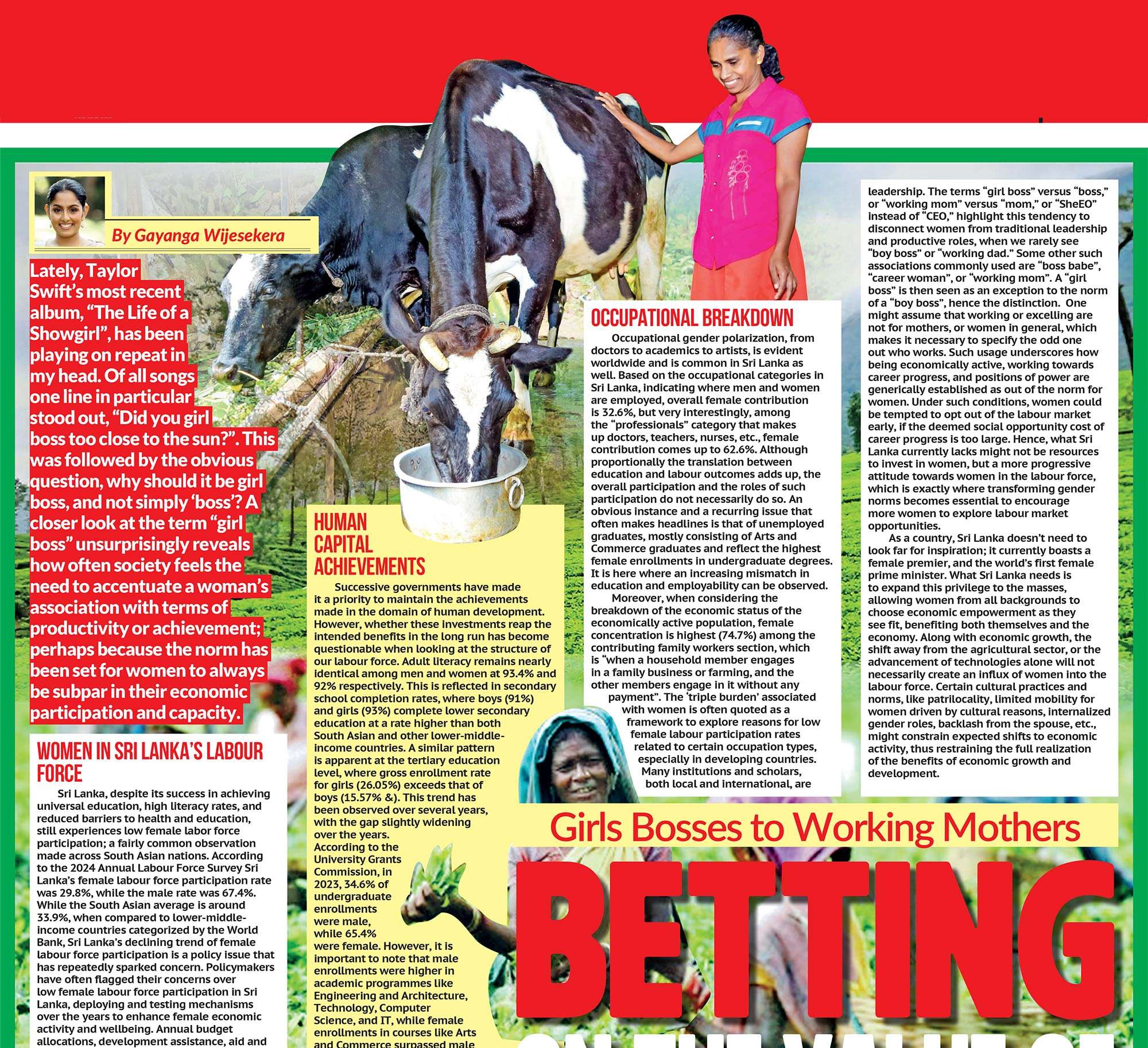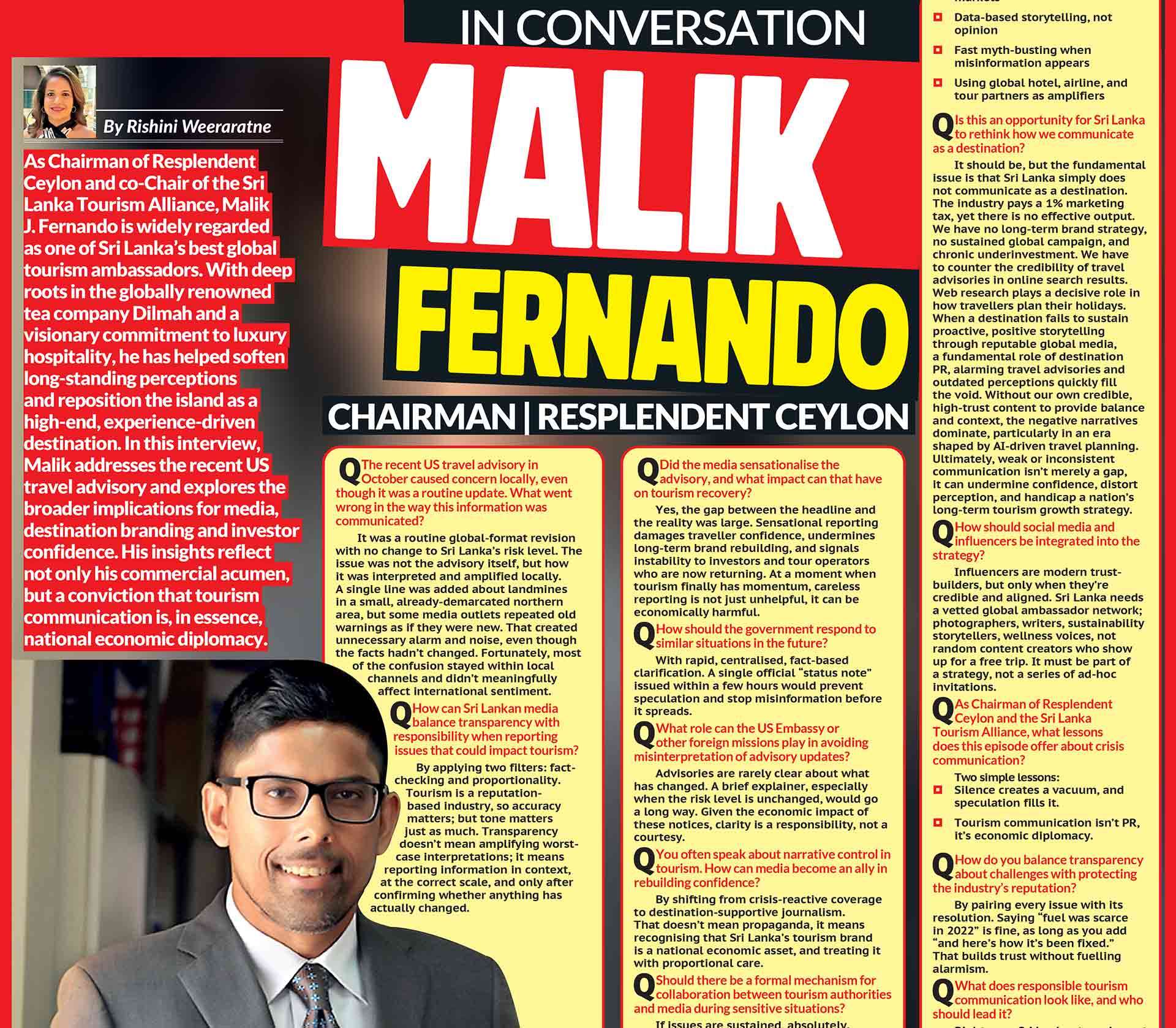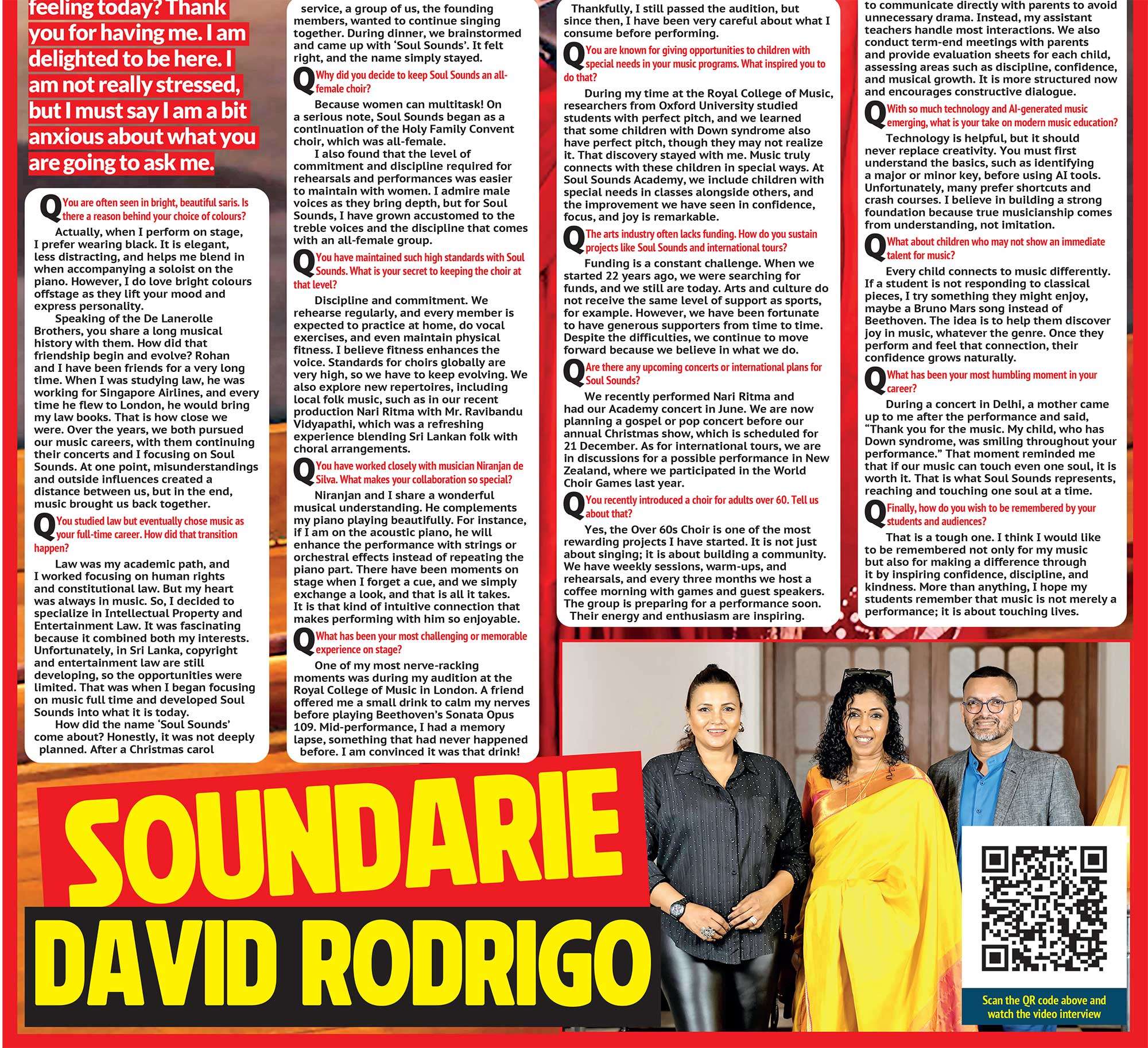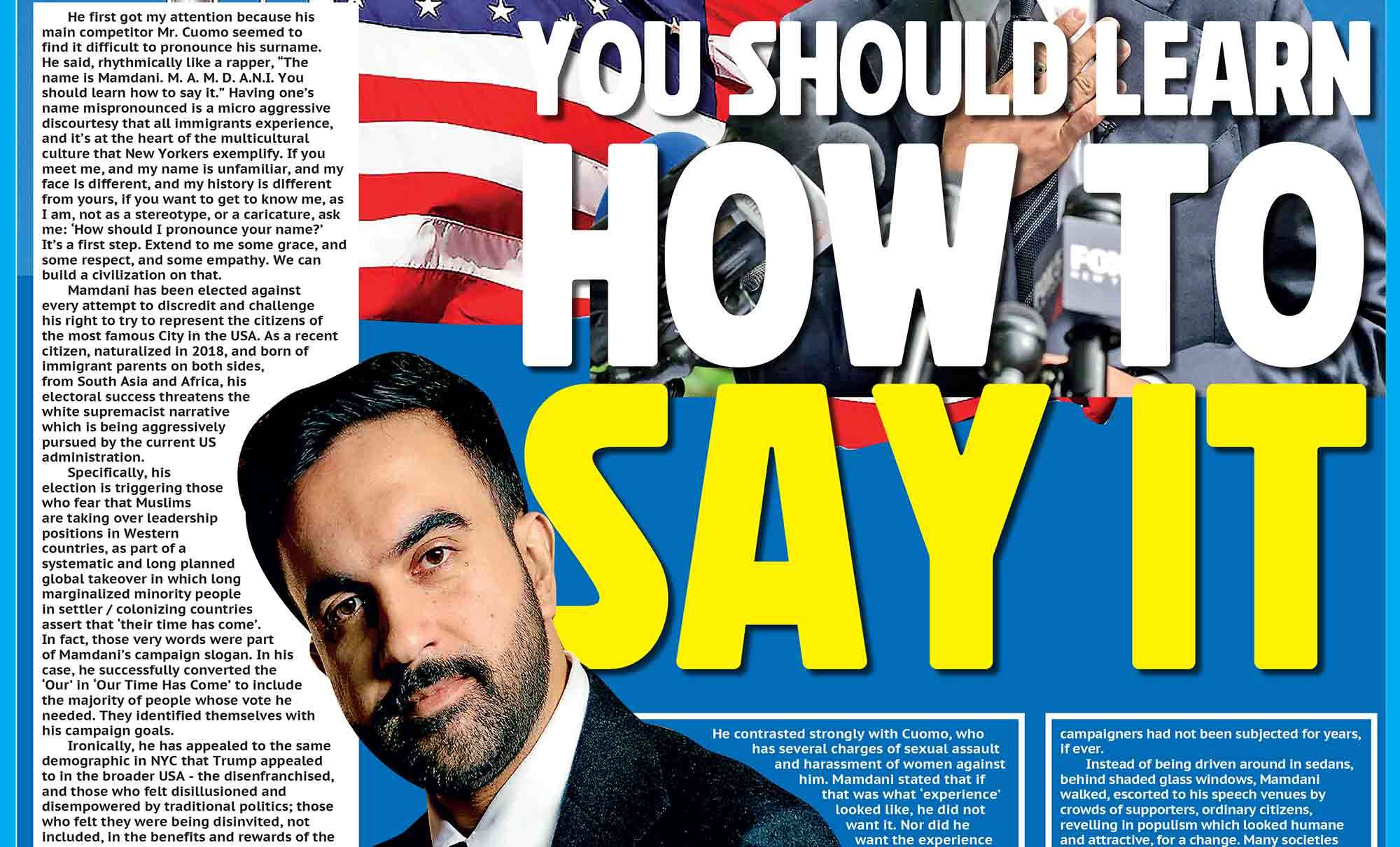A brutality in pretending that these stories; Amshika’s, Charith’s, Dr. Shafie’s, are exceptions rather than symptoms. We like neat narratives. The hero, the villain, the tragic victim. But real life in Sri Lanka, especially behind closed doors, is anything but neat. It’s messy, complicated, ugly…and deeply human.
What we call “justice” often feels like a fragile mirage, flickering and distorted, shaped not just by facts, but by culture, power, denial, and fear. The headlines give you the facts stripped bare: a young girl lost to despair, a boy beaten and silenced, a respected doctor accused and humiliated. But they rarely tell you what happens in the spaces between. The unspoken words, the ignored signs, the societal pressures that shape everything.
When a child like Amshika chooses to end her own life, we’re quick to talk about “mental illness” as if it’s a tidy diagnosis. But mental health isn’t just a medical condition. It’s a reflection of a society that fails to nurture emotional safety, that stigmatizes vulnerability, and that leaves its most fragile members to navigate darkness alone.
Then there’s Charith, whose physical wounds tell a story of betrayal by those entrusted to protect him. His university’s decision to hide abuse “for his recovery” is a brutal illustration of institutional failure. A choice of reputation over responsibility. How many more Chariths are there whose pain remains invisible because systems prioritize image over truth?
And Dr. Shafie, one may ask why I want to talk about him in between all of this. “It’s an old case”. But when you think of it, the similarity lies in who he was one of those victims whose life unraveled under the weight of false accusations. His story shows the devastating consequences of a flawed justice system that can be weaponized against the innocent. His ordeal is a sobering reminder that justice is not always blind or fair, it is vulnerable to manipulation, error, and bias.
This is why talking about these cases demands brutal honesty. It demands we pull back the curtain on our cultural taboos, institutional cracks, and collective fears. Because if we don’t, the cycle continues, more silence, more pain, more injustice, all hidden behind closed doors.
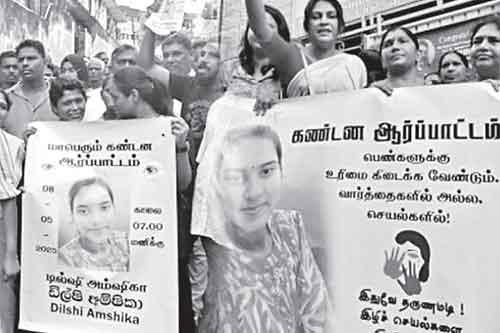
The Victims’ Reality
When we talk about victims of abuse, neglect, or injustice, we often speak in statistics or sanitized stories that fit neatly into news soundbites. But behind every number is a person, someone with dreams, fears, and wounds that never fully heal.
Amshika’s story is one that echoes the silent despair of many young people struggling to hold themselves together under pressures nobody sees or chooses to acknowledge.
Suicide isn’t just a mental health issue; it’s a profound scream from someone drowning in loneliness, trauma, and a world that tells them they’re less than enough.
Mental illness in Sri Lanka often wears a mask of shame. Families hide it, schools ignore it, and communities gossip about it. There’s no space for raw vulnerability; instead, there’s pressure to “be strong,” “keep quiet,” or “just pray.” For young people like Amshika, trapped in these suffocating norms, the internal battle becomes unbearable. Her death is not just a tragedy; it’s a reflection of a society that still struggles to understand what mental health really means.
Abuse in trusted spaces; homes, schools, communities, is the darkest form of violence because it destroys the foundation of safety and trust. The silence that follows is deafening. For Charith, and so many others, this silence isn’t just absence of sound; it’s a deliberate act of erasure by those who fear consequences or scandal more than the child’s wellbeing.
Contrast that with Dr. Shafie’s story, where the scales of justice tipped dangerously under false accusations. Here, the victim is not a child or a powerless individual, but a respected man whose life was turned upside down by an incomplete or manipulated version of truth. His story reminds us that the justice system is not infallible; it’s vulnerable to errors that ruin lives beyond repair.
Each of these stories challenges us to hold multiple truths at once. Victims can be vulnerable and strong, broken and resilient, right and wrong in complex ways. Understanding this messiness is the first step toward real empathy.
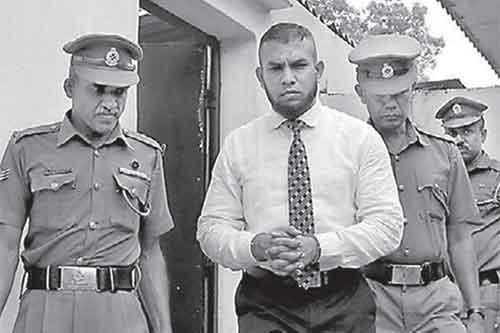
The Society’s Role
The tragedy of abuse, injustice, and silence is not confined to the victims or the accused alone. It spreads wide, weaving itself into the fabric of society, into families, schools, workplaces, religious spaces, and online communities. And here, in this tangled web, we find our most uncomfortable truths: society often knows, society often looks away, and society often chooses sides before facts.
We Sri Lankans have a curious relationship with justice.
We love to protest loudly when a tragedy hits the headlines. A child dies, a woman suffers, a man is vilified and demand swift action. But outside of the glare of media and public outrage, the courage to act is far scarcer. We are quick to blame the government, quick to claim, “the system failed,” but slow to question our own roles, our silences, our prejudices, our reluctance to confront uncomfortable truths within our own homes and communities.
Why did Charith’s father let him continue at a university where he endured a year of abuse? That question stings because it cuts deep into the failure of familial protection. Did the father feel powerless against the institution’s weight? Did pride or denial cloud his judgment? Or was it hope; irrational, desperate hope, that things would get better without intervention? We don’t know, and maybe we never will, but it’s a question that must be asked without judgment, because it challenges the neat narrative of victim and perpetrator.
And Amshika’s mother. Her decision to leave her daughter alone in a building with easy access to suicide after a second attempt leaves us reeling. The instinct is to blame, but the reality is complicated. Parenting under mental health crises is often a minefield of fear, exhaustion, confusion, and guilt. The stigma around mental illness means many parents suffer in silence, unsure how to protect their children or themselves. This is not to absolve responsibility but to recognize the tragic complexity of human fragility.
Schools, too, bear a heavy burden. The elite school that suppressed the rugby camp abuse case “in the name of helping the kid recover” chose institutional reputation over transparency and justice. What message does this send to the rest of the students? That silence is protection? That abuse can be hidden as long as it doesn’t “damage” the institution? It’s a betrayal that echoes across the student body, creating a culture where victims are silenced, and perpetrators remain unaccountable.
Then there is the ugly reality of tribalism and gender biases that distort justice. “She’s a woman, so he must be the abuser.”
The Ugly Truth We Ignore
In all these cases, there is a common denominator.
Fear.
Fear of scandal, fear of confrontation, fear of breaking the fragile social order. This fear keeps us from asking the harder questions: Why did it take a child’s death to trigger protests? Where were the teachers, the peers, the neighbors when signs of trauma first emerged? Why did the community accept silence as an answer?
Then there is the ugly reality of tribalism and gender biases that distort justice. “She’s a woman, so he must be the abuser.” “Women are dramatic, so could be lying.” These assumptions poison the pursuit of truth. They weaponize gender itself, turning women’s tears into ammunition against men, and men’s defensiveness into justification for abuse.
And what of the mental health defense? The phrase “He was unstable” or “She was on drugs” has become a catch-all excuse to dismiss behavior without accountability. It’s a convenient shield that sometimes protects the guilty and sometimes unfairly stigmatizes those who genuinely struggle. The manipulation of mental health as a scapegoat deepens stigma instead of fostering understanding.
In the end, the question remains: How do we as a society break this cycle of silence, fear, and blame? It means confronting uncomfortable truths, not just about those who commit abuse, but about those who allow it to continue. It means questioning the authority of institutions, but also the complicity of bystanders. It means being brave enough to face the messy realities that don’t fit our desire for simple justice.
The cost of not doing so is the continued fracturing of families, the destruction of young lives, and the erosion of trust in the very systems meant to protect us. It’s about pausing to ask, ‘Why can’t we see both sides of the story?’.



